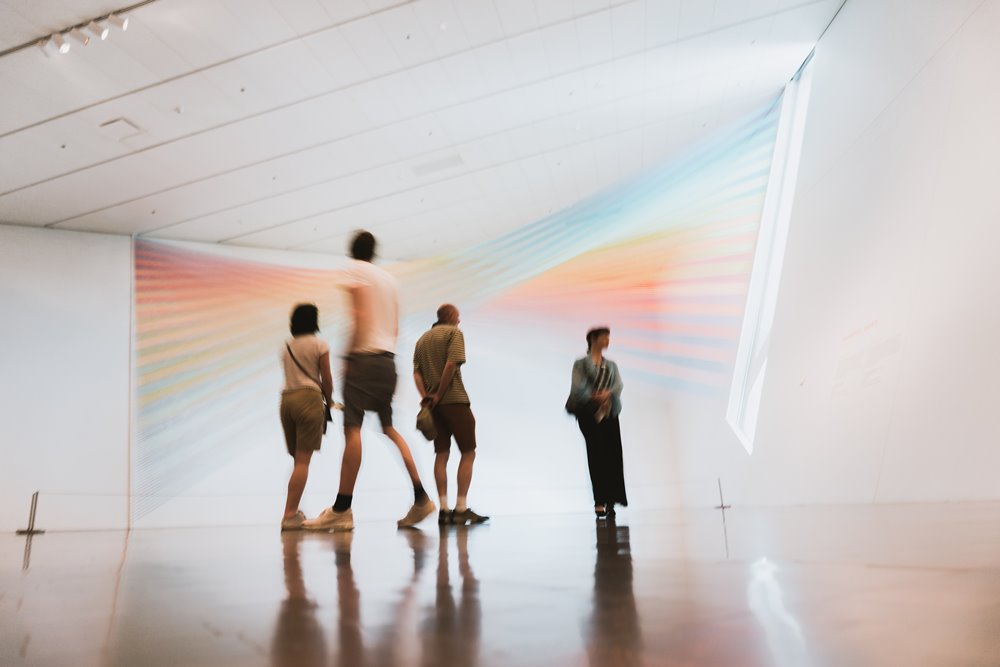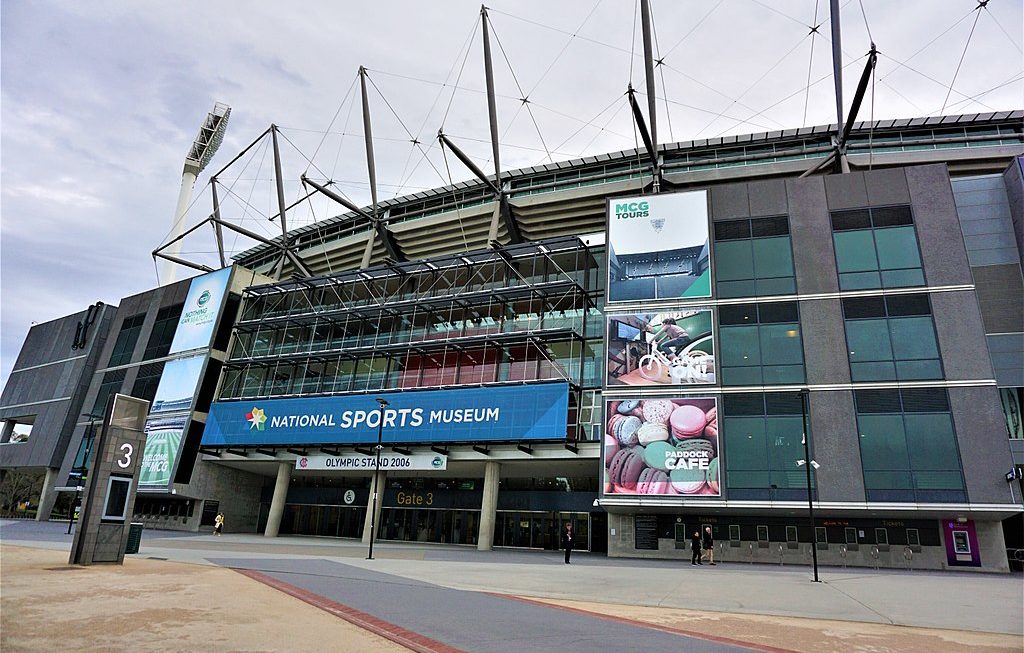Numerous cities around the world are struggling with motivating their residents to visit the museums and help them survive. Thanks to the digital revolution and the boom of smartphones and other similar gadgets, more and more people (especially young) are losing interest in visiting museums. They would rather be searching for the Sun Bingo promo code than looking at the history of their nation (even though you can’t really blame them).
However, that’s not the case in Australia. The authorities came to an ingenious idea of merging museum collections with the digital world and offering the experience of visiting a museum online. The result is a boom in visitors, both online and in brick and mortar museums.
However, there are other reasons why Australian authorities have decided to take this bold step. Let’s take a closer look at why.
The Physical Limitations of Brick and Mortar Museums
One of the reasons why online museum exhibitions are a good idea is because no matter how large a museum building is, it can rarely put on display all the objects it has. Simply, the physical limitations do not allow it. However, physical limitations do not exist on the web. Digital collections can be as large as anyone can imagine.

For example, Sydney’s Powerhouse Museum has collected thousands of objects for more than 134 years. All of them are now available online, and users can explore them and curate whichever way they like.
Moreover, the Queensland Museum has also launched new websites which now offer access to an excess of 40,000 objects, the majority of which have never been on display before.
The Museum of Victoria’s History and Technology had done the same and offered its visitors access to more than 84,650 objects, and later added another 700,000 records from the Humanities and Sciences collections.
Free Apps Provide Additional Functionalities
Apart from offering their collections in a digital format, museums in Australia have also designed apps which provide their visitors with additional options.

For example, those who install one of the apps have the option of checking the name of the animal they have spotted in the park or when on a hike. These Australian fauna guides contain images, distribution maps, descriptions, and even bird songs and frog calls. Therefore, users have everything they need to easily identify the living world around them.
These apps were funded by the Australian Government’s Inspiring Australia movement. They show exactly how museums can utilize modern technologies and make them work to their advantage. They are now able to share their collections and knowledge with a much larger number of people.
Smaller Museums Have a Chance to Shine
Smaller museums are often neglected by both visitors and authorities. Australia has a multitude of small museums spread around the country that are looked after by volunteers who are passionate about history and knowledge.

Thanks to these new technologies and the fresh approach, they are now able to open their collections to visitors and attract them to come to the brick and mortar museums as well.
The first small museum to accept this approach was Victorian Collections, which proved to be a huge success. After that, another 270 small museums followed suit and are now offering their collections online.
New Technologies Have Other Applications in Modern Museums
Australian authorities have found several other applications of technology in their museums. For example, many museums have completely changed the way they display information at exhibitions.
For example, the Museum of Old and New Art is using hand-held devices that receive information from Bluetooth beacons located next to each object. This way, they were able to remove the traditional labels and improve the experience of visitors.




